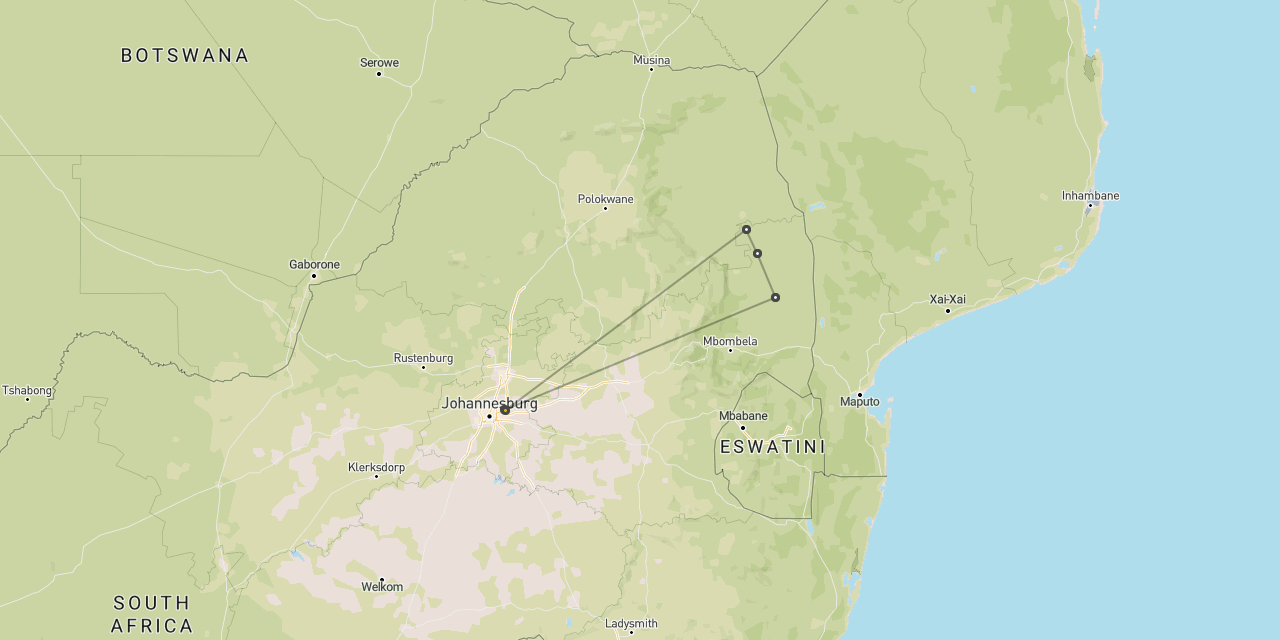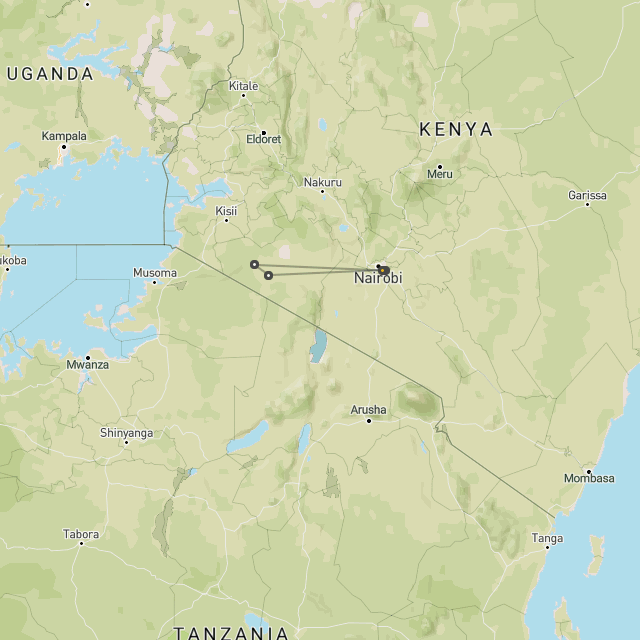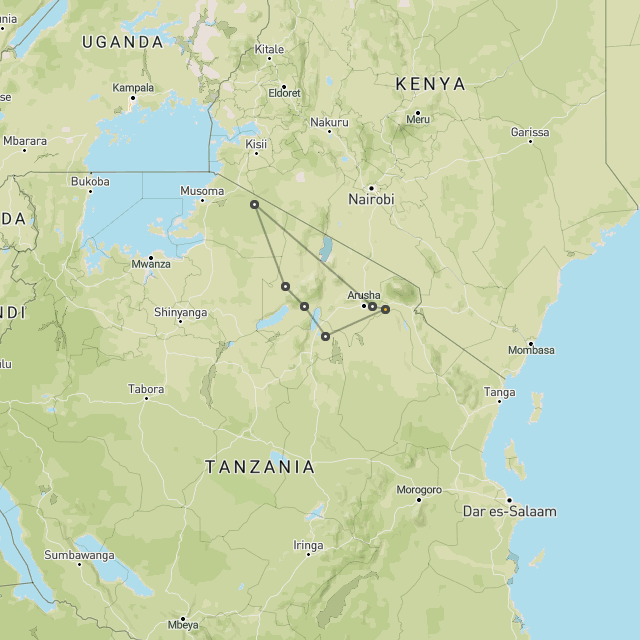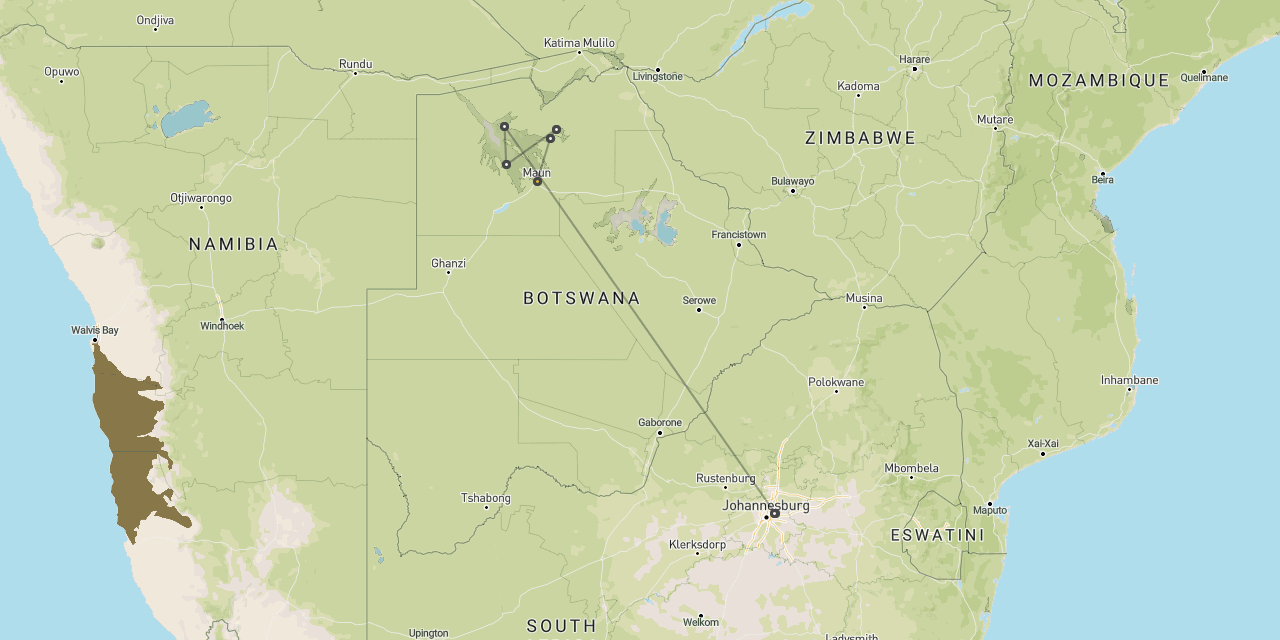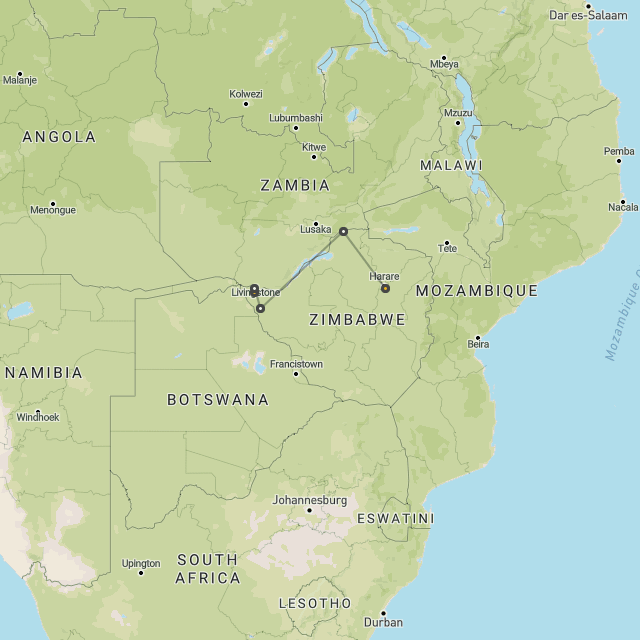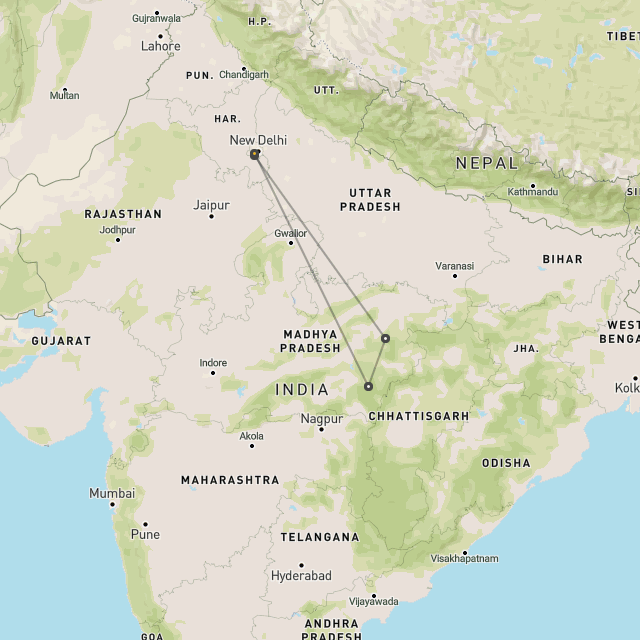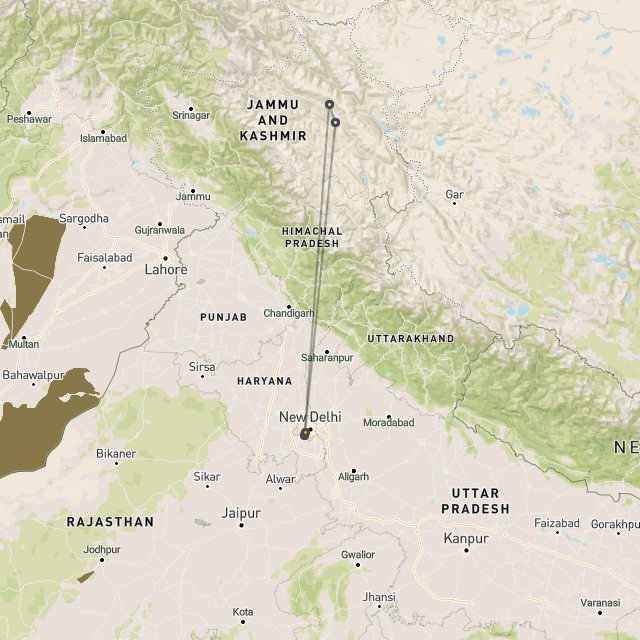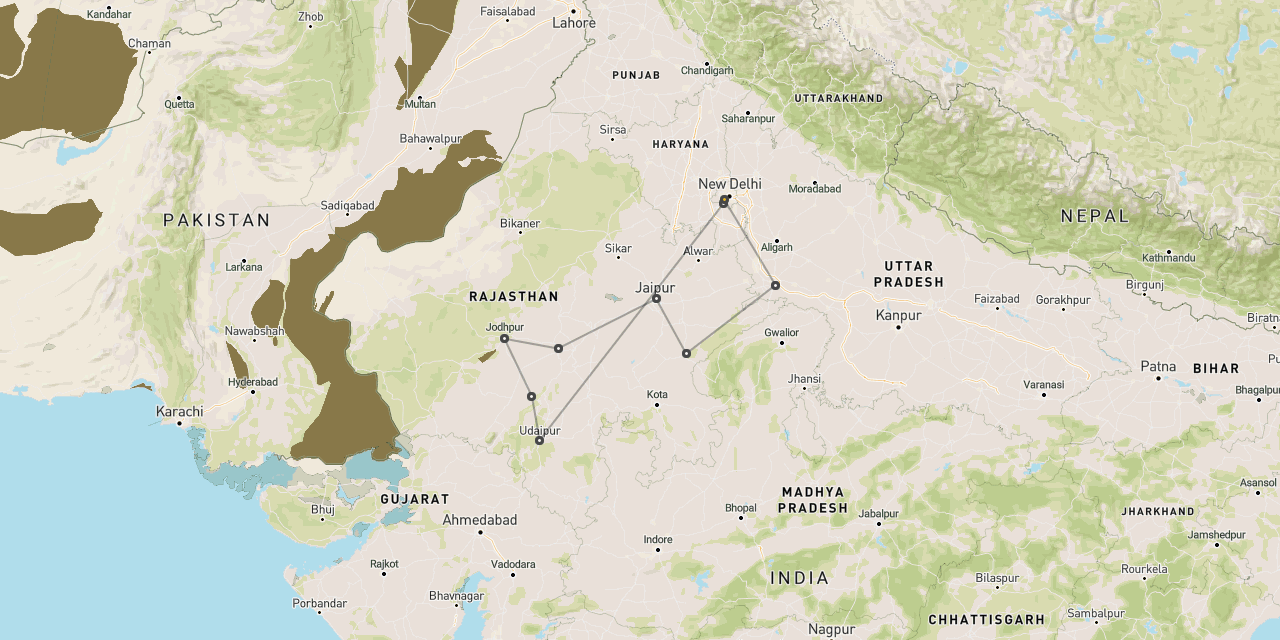
Predator safari
Predator safaris
get you face-to-face with
the world’s most dangerous animals

pushing the boundaries of wildlife watching
Predator safaris are not for everyone. These are trips, which are specifically designed to focus on just one or two key species.
You will doubtless see other wildlife along the way, but that will be incidental to the main event.
Although you will generally stay at nice lodges in conventional safari locations, on occasion we may recommend more remote locations and simpler bivouac camping, if that increases the chances of quality sightings.
The most important thing is that you will be guided by some of the world’s top safari guides, who know the key areas like the back of their hand and often know the individual predators that live there.
Some predator safaris are a lot more hardcore and potentially more dangerous than more regular safaris. If you let us know quite how hard you want to push it, we will try to make it happen. In some cases, such as approaching lions on foot, this could involve considerably higher risk, so you can expect to sign some serious liability waivers.
Frequently asked questions
The third largest cat species in the world, jaguars range across south and central America, mainly focused on regions of tropical rainforest.
The only place where jaguars can presently be viewed with any serious reliability is the Pantanal wetlands in the southwest of Brazil.
Wild jaguars are typically viewed from boats in this area, often with multiple sightings per day and hunting action. They cannot usually be approached on foot.
There are also some projects with collared jaguars, which facilitates radio-tracking. It is sometimes possible to accompany veterinarians on a darting mission, in which case you may even be able to touch a sleeping jaguar.
The best time of year is Jun-Nov, although it does get very hot in the second half of that period.
mainly viewed from boats

The second largest cat species in the world, lions range widely across the southern part of the African continent, especially in savanna and semi-desert areas. There is also a small population in western India.
The tendency of lions to live in prides and sleep during the day means that they can easily be approached by vehicle in almost all of the more popular safari locations.
Specialist lion safaris tend to turn up the heat in main ways.
The first is to approach on foot, which is inherently a very high adrenaline experience and can, understandably, be relatively high risk.
The second is to head out in the vehicles at night and spend time with lions whilst they are hunting, which can be extremely exciting.
Almost all of the more serious lion locations are in Zambia and Zimbabwe, where the best time of year is the Jun-Oct dry season.
There are also some remarkable lion experiences to be found in the remote deserts of Namibia, year round.
most interesting at night or on foot

The fourth largest cat species in the world, pumas (mountain lions) have a vast range from Canada all the way down to Patagonia and are able to prosper in most ecosystems.
Bizarrely, the only place where pumas can presently be viewed with any serious reliability is the Torres del Paine area of Patagonia, in the south of Chile.
Incredibly, pumas in this area are almost always approached on foot, the only big cats where this is the case. The distances are usually respectable, but if a cat decides it wants to walk past you, it can come almost within touching distance. And they’re pretty big, weighing in at around 100 kg (220 lbs), the size of a well-built man.
If you want to witness the cutting edge of puma conservation, there is another even more exciting project in a wild part of southern Argentina.
regularly approached on foot

Leopards are the fifth largest cats in the world, after tigers, lions, jaguars and pumas.
But leopards are arguably the world’s most successful big cat, with a range that covers the majority of Africa, Arabia, India and Southeast Asia.
Despite their large range, leopards are one of the most elusive of large mammals and there are very few locations that are able to deliver really regular sightings. Superb-guiding with a specific focus on leopards is an absolute necessity.
In Africa, the best time of year for leopards is generally the Aug-Oct late dry season, when the grasses are lower and the cats more visible.
In India, leopards are most commonly viewed in an agricultural environment, with the most reliable sightings being the Feb-Apr late dry season.
widespread but elusive

Snow leopards are actually a separate subspecies from all other leopards. But their general appearance and habits are quite similar.
Their range covers most of the Himalayas and extends north into Tibet, Mongolia, China, Uzbekistan and Kyrgyzstan.
The one place that we most commonly encounter snow leopards is in the remote Ladakh area of northeast India.
During the Nov-Mar winter months, the snow at high altitudes obliges the cats to come to slightly lower altitudes and become more accessible. Nevertheless, even with a team of half a dozen trackers, encounters are rare and precious. You need to stay for at least 5-6 nights and positive sightings can range from 30 metres to 2km.
This is an inherently hardcore wildlife experience, but the scenery and Buddhist culture of the region adds great diversity to a trip.
rare and precious sightings

The largest cat species in the world, tigers range across India, the Himalayas, Indonesia and northeast Siberia.
Tigers need vast home ranges, meaning that the cat population in each of the national parks tends to be limited to just a few dozen individuals and the issue of human-wildlife conflict is ever-present.
Tigers are most commonly viewed in the reserves of central India during the Nov-Mar dry season. However, sightings are sporadic and the quality of the experience is usually very poor.
The options for us to upgrade a tiger safari into something more serious are limited. Being accompanied by a leading tiger conservationist will help. We can also buy special photographer permits, which allow out-of-hours access to otherwise off-limits areas.
But the best upgrade is to plan your trip as late in the dry season as you dare. With temperatures soaring over 50C (120F), this can be a challenge, but tiger sightings grow exponentially, mainly because the cats come down to the lakes to swim during the day.
difficult to create quality sightings

African wild-dogs are the most relentless hunters on the continent. They are, at the same time, wonderful sociable creatures and awesome killing machines.
After decades of serious decline, wild-dogs have made a serious comeback in some areas, particularly in the north of Botswana.
The best way to upgrade a wild-dog trip is to get into one of the key denning areas during May-Aug. That way the dogs can, for once, be reliably located every day and you can witness the extraordinary pack rituals, before trying to follow them (in your vehicle) out on the hunt.
Almost all of us here at ATR consider wild-dog denning to be the very best predator experience, right up there with walking onto lions.
it’s all about the den

let us know how far you want to go
and we will deliver

Extraordinary tailor-made adventures,
from earthy and edgy to easy and extravagant
From around USD 2500 per person, you set the ceiling
Sample Trips
Here are some of our popular trip shapes

Get started on your trip
It’s never too soon to get in touch, we are here to help with every stage of your planning.
Where Next?
Where Next?
We offer trips to dozens of fabulous countries.
Might one of these might be your next great adventure?

Please rotate your screen.
